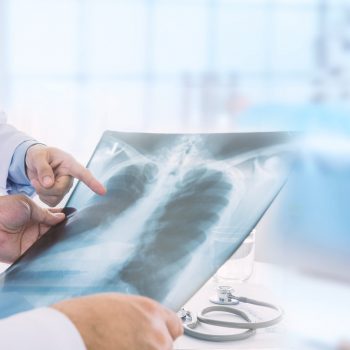In the world it is estimated that more than 5 million people are affected by systemic lupus erythematosus, while in Italy more than 60,000, with an absolute prevalence especially in young women aged 15 and over. The immune system of patients affected by this autoimmune disease activates uncontrollably, causing chronic inflammation that can affect any organ or apparatus. The disease is difficult to diagnose, especially for the many possible manifestations but if you suffer from some of the symptoms listed below at the same time it is advisable to consult a rheumatologist who will be able to assess whether there is an autoimmune base.
We talk about this topic with Carlo Selmi, Head of Rheumatology and Clinical Immunology at Humanitas and Professor at the University of Milan.
Here are all the symptoms that should not be underestimated
Systemic lupus erythematosus is also called the “great imitator” because many of the symptoms that characterize it are common in many other diseases. However, if you are in the presence of a combination of this symptomatology it may be necessary to consult a specialist. Here are the symptoms that should not be underestimated:
Weight loss: As an autoimmune disease, lupus can alter metabolism. That’s why an unjustified weight loss from a diet with reduced calorie intake could be a cause for concern for chronic inflammation.
Fever: The presence of fever for prolonged periods without signs of infection could be a manifestation of systemic lupus erythematosus.
Chronic fatigue: Not being able to get out of bed, suffer from chronic and persistent fatigue is typical of lupus, as well as all chronic diseases, especially with a reduction in hemoglobin values.
Spontaneous hematomas: Lupus can cause a low number of white blood cells and platelets and the latter are the basis of coagulation disorders.
Urticaria: The presence of hives-like lesions may be a symptom of this autoimmune disease.
Skin Eruptions: One of the most evocative signs of lupus is the so-called “butterfly erythema”. The presence of important skin rashes, especially on the face, could in fact indicate their presence, especially if the problem appears with sun exposure.
Dry mouth and eyes: This symptom, quite common with aging, can be a sign of lupus if the salivary and tear glands are affected.
Increased lymph nodes size: As with all diseases involving the immune system, lupus causes hyperactivation of the lymph nodes, which become pronounced and can in some cases be painful.
Hair loss: More common in women aged 15 to 50, lupus has among its symptoms the loss of hair strands that thin and lose volume without leaving scars.
Raynaud’s Phenomenon: Although more typical of other diseases, if hands and feet in the cold first become white, then blue and then red for about 20 minutes it could be the Raynaud phenomenon, a symptom that may suggest the presence of lupus. In these cases it is useful to perform a capillaroscopy.
Joint pains: People with this autoimmune disease are confronted with the symptoms of arthritis even at a young age. The pains come mainly in the morning and become less intense during the course of the day, also causing a long-lasting stiffness upon awakening.
Chest pain: Lupus can inflame the serous membranes of the lungs and heart, causing pleuritis and pericarditis, which can cause chest pain that differs from that of a heart attack.
Headache, depression, and other newly developed neurological symptoms: The nervous system can also be an organ affected by lupus that can cause almost any neurological symptom, including hallucinations and forms of psychosis or ischemic stroke.
Edemas and widespread swelling: The kidneys are the organs most frequently affected by lupus but generally this does not create difficulty in urinating except at very advanced stages. In the most serious cases this pathology can lead to kidney failure, which can manifest itself with loss of large amounts of protein and the appearance of a significant swelling especially of the lower limbs in a short time.
Recurring abortions: Problems with blood clotting can lead to difficulties in completing a pregnancy without malformations of the fetus or obvious gynecological problems.







